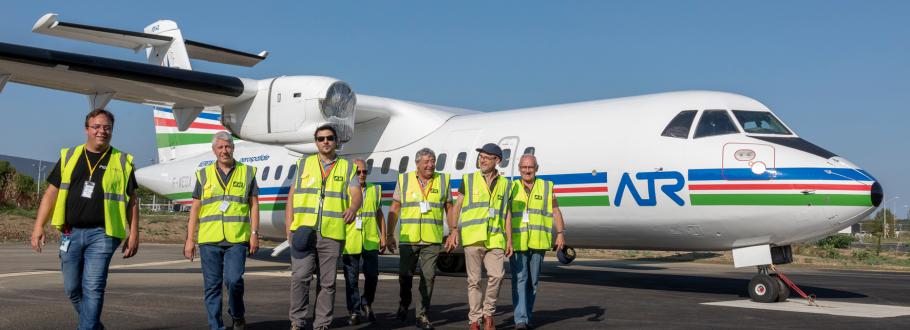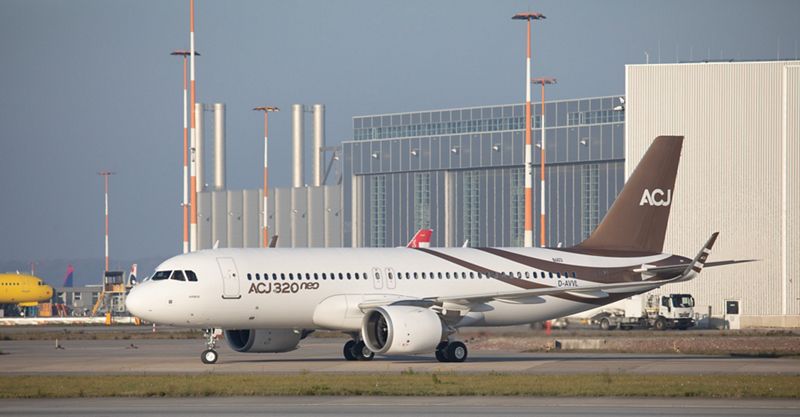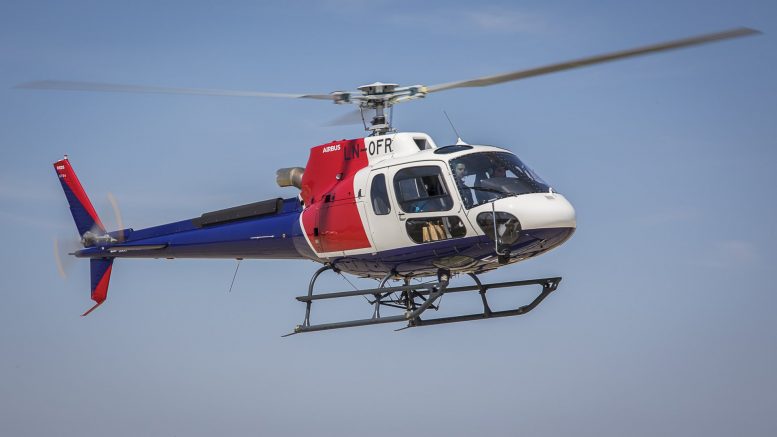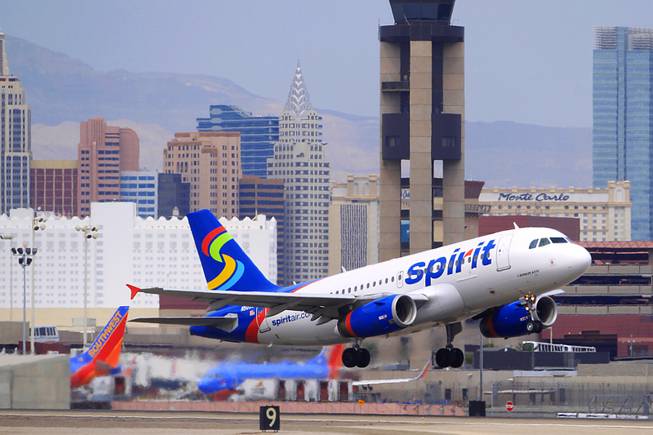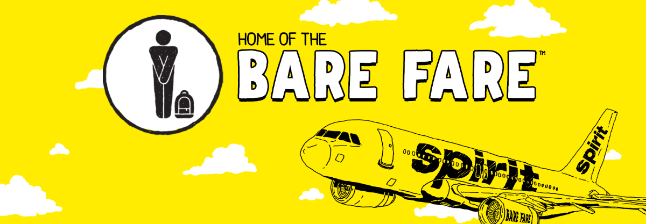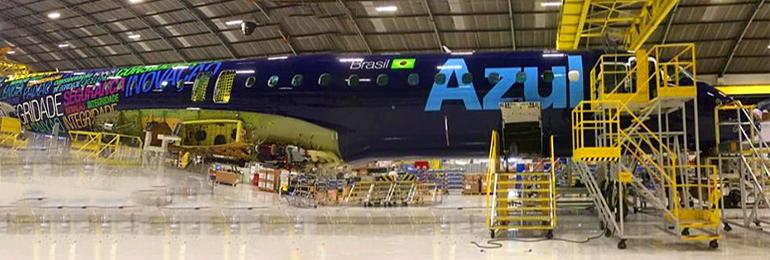
SAO JOSE DOS CAMPOS, Brazil (Reuters) – Embraer <ERJ> hopes to see more orders for its newest passenger plane by the end of the year, an executive said on Thursday, as Boeing <BA> readies to take over the Brazilian planemaker’s commercial jets division in what could mark the next phase of its rivalry with Airbus <EADSY>.
Manufacture of the E195-E2, as Embraer’s plane is known, will soon be controlled by Boeing, which needs regulatory approval to close on the deal to buy 80% of Embraer’s commercial jets division for $4.2 billion.
Embraer on Thursday delivered its first E195-E2 plane, which will seat about 140, to Brazil’s No. 3 airline Azul <AZUL> at its headquarters in Sao Paulo state. Embraer executives said the delivery should spur more orders, helping to fend off fresh competition from Airbus.
“I expect we will close more transactions, I’m hopeful … before the end of the year,” John Slattery, head of Embraer’s commercial plane division, told Reuters. “I’m not seeing a big wave of people that need to delay, or wish to delay because of the Boeing transaction.”
The new plane comes as the landscape for jets with under 150 seats is changing drastically. Airbus bought control of the Bombardier division competing directly with Embraer in 2018, followed by Boeing’s deal to take over Embraer’s commercial plane division.
The result would expand the global duopoly for jumbo jets into a smaller category, as Boeing and Airbus work to lure orders across a broader lineup of commercial aircraft.
Azul was founded by U.S. airline executive David Neeleman, who also founded JetBlue Airways <JBLU>, which was a launch customer and key customer for Embraer’s last generation of jets.
“We can have 18 more seats with this plane, with a travel cost that is 15% less,” Neeleman said of the improvements in the new generation. “If you have something that is 15% cheaper, you just want that thing, you don’t want anything else.”
STIFF COMPETITION
Embraer is banking on the fuel efficiency of this new generation, to the point it has marketed its E195-E2 to customers as the “profit hunter,” painting the jet with livery resembling a shark in the plane’s nose.
But for now, Embraer has struggled to compete directly with Airbus. Carriers and plane lessors had placed 551 orders for the Airbus A220 family as of June, but Embraer had racked up only 168 for its new family of E2 jets, down from 200 in 2014.
Part of Embraer’s struggles stem from its smaller E175-E2 plane, which has been a hard sell to U.S. regional airlines due to labor contract restrictions. Embraer dropped 100 of those planes from its order book after resistance from pilots made it unclear if buyer Skywest <SKYW> would be able to fly them.
“We didn’t design an aircraft just for the U.S. market,” Slattery said, adding that he hopes his company will secure an order from a customer somewhere else in the world this year. Currently they have none, although Slattery said Skywest remains committed, if pilots allow it.
JetBlue also dealt a blow to Embraer last year when it decided to replace its old Embraer fleet with Airbus A220s, a decade after Neeleman left the company.
JetBlue cited the advantages of A220’s longer range, as well as a broader package with Airbus including larger planes — the kind of arrangement that Boeing could offer with Embraer’s jets in its portfolio.
(Reporting my Marcelo Rochabrun in Sao Jose dos Campos, Brazil; Additional reporting by Allison Lampert in Montreal; Editing by Alistair Bell and Marguerita Choy)

